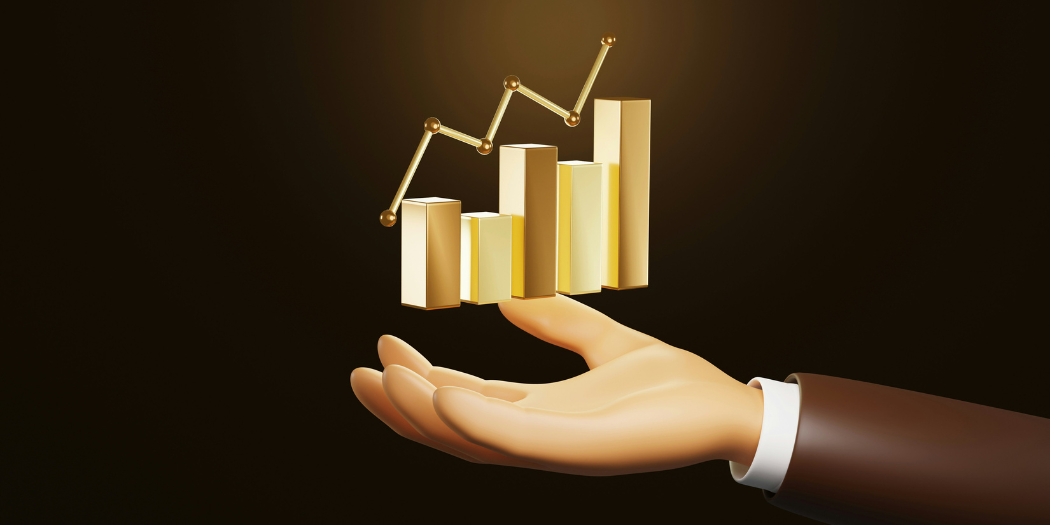The U.S. economy gained momentum in October, with business activity expanding across key industries, signaling resilience despite earlier concerns of a slowdown. Strong consumer demand played a crucial role in driving growth, while inflationary pressures eased, raising optimism that the Federal Reserve’s aggressive rate hikes may be yielding the desired effects.
Business Growth Picks Up Across Sectors
Economic expansion was evident across multiple industries:
- Services Sector Leads the Way: Retail, hospitality, and professional services reported steady gains, supported by strong domestic and international demand.
- Manufacturing Stabilizes: Despite lingering supply chain disruptions and high borrowing costs, factory output improved, signaling businesses’ adaptability to new economic conditions.
- Corporate Investments Gradually Recover: Businesses remain cautiously optimistic, citing strong consumer spending and signs of renewed corporate investment. If demand stays strong, economists believe moderate growth could extend into early 2025.
Inflation Slows as Price Pressures Ease
One of the most notable shifts in October was the slowdown in price increases, providing relief to consumers and businesses alike. Companies reported raising prices at the slowest rate since mid-2020, a potential sign that inflation is gradually coming under control.
Why It Matters:
- Slower inflation could give the Federal Reserve more flexibility in adjusting interest rates.
- Improved purchasing power may encourage higher consumer spending, further supporting business growth.
- Lower input costs could ease pressure on profit margins, benefiting businesses across various sectors.
However, inflation remains above the Fed’s 2% target, and external factors such as energy prices and global supply chain constraints could reignite cost pressures in the coming months.
Economic Risks Still Linger
Despite stronger business activity, several challenges remain on the horizon:
- High Interest Rates: Elevated borrowing costs continue to weigh on business expansion and consumer spending.
- Geopolitical Uncertainty: Global trade tensions and energy price volatility could disrupt economic stability.
- Housing Market Struggles: High mortgage rates continue to dampen home sales and construction activity, slowing growth in the real estate sector.
What’s Next?
Looking ahead, businesses and investors will closely monitor consumer confidence and Federal Reserve policy decisions.
- If inflation continues to moderate and demand remains strong, economic expansion could extend into 2025.
- If external pressures intensify, businesses may face a more uncertain landscape, requiring strategic adjustments.
For now, the October surge in business activity offers a positive signal that the economy is proving more resilient than expected—but whether this momentum holds into the new year remains to be seen.


